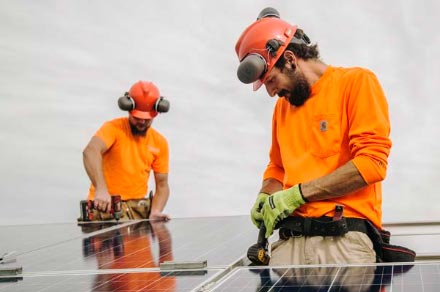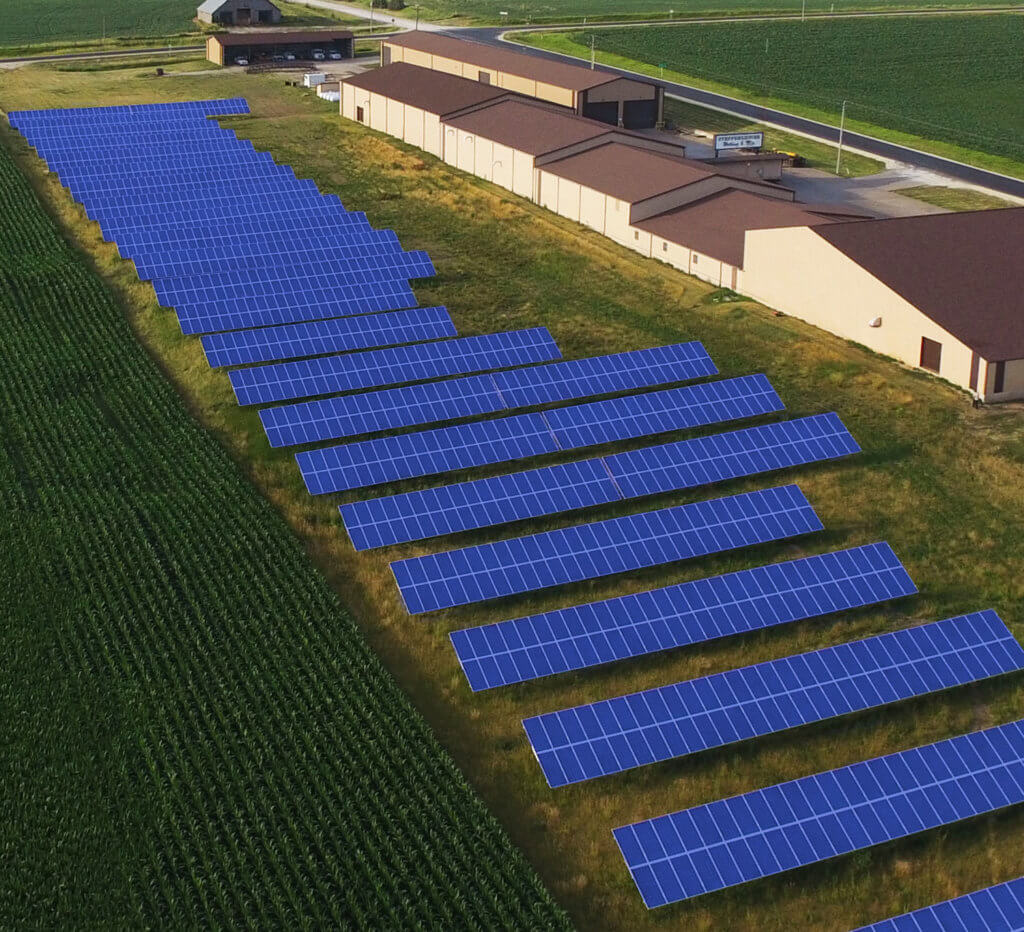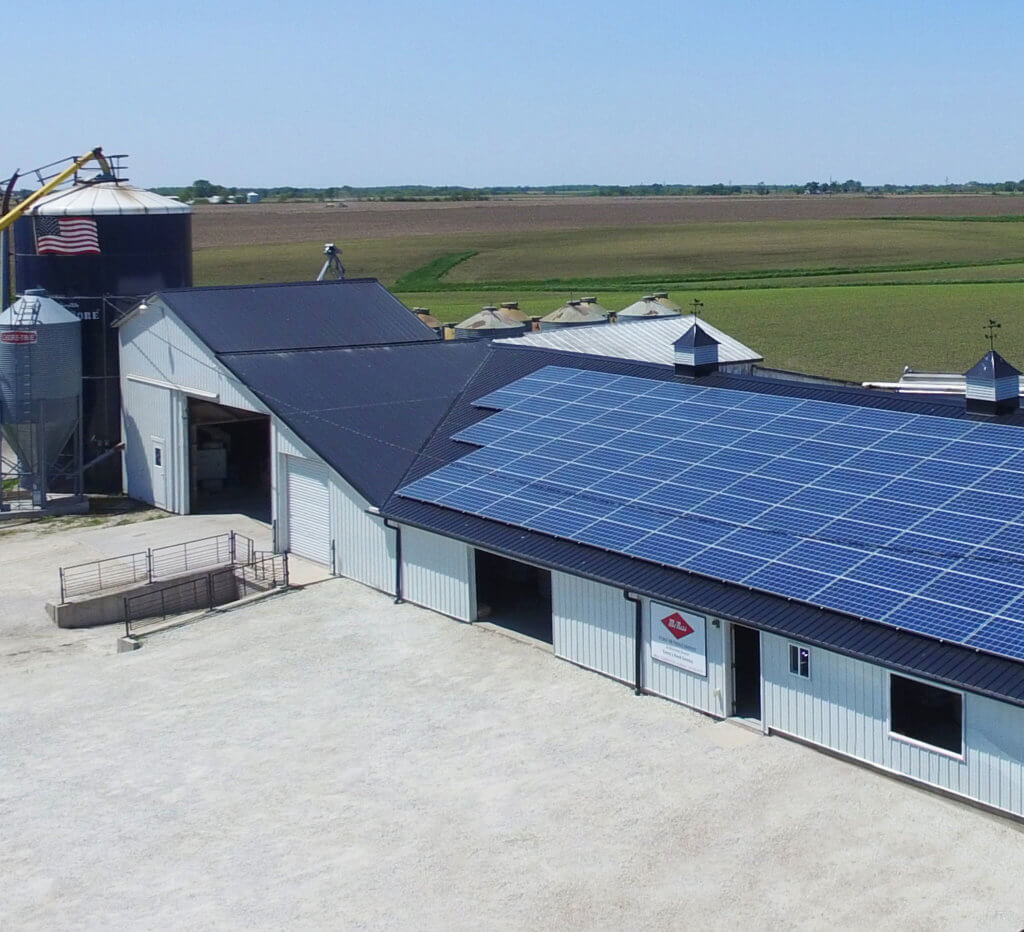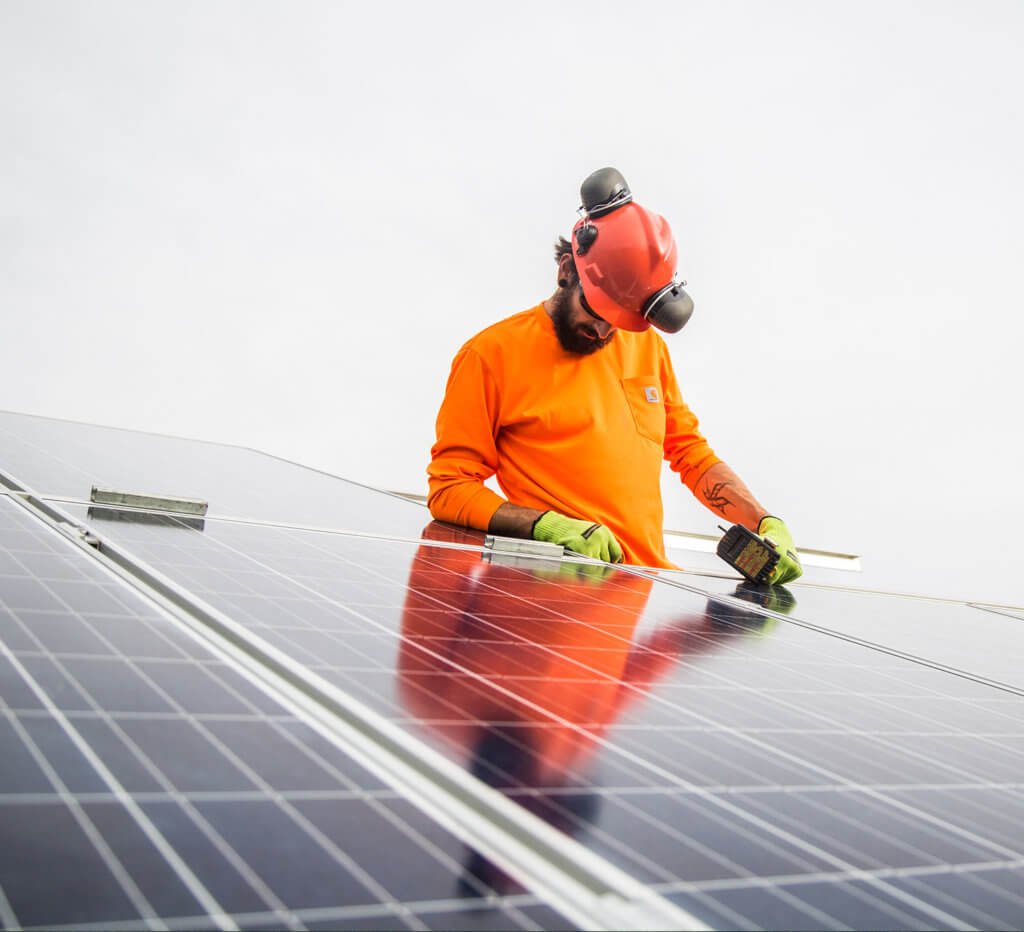What is the Solar Investment Tax Credit?
The Investment Tax Credit (ITC) is a federal income tax incentive designed to support the growth of solar energy. Since it was enacted in 2006, the ITC has helped the U.S. solar industry grow an average of 52% per year. The ITC allows you to deduct a percentage of the total cost of installing a solar or energy storage system from federal taxes with no cap. The credit includes equipment, wiring, labor, and even battery energy storage systems. It is a critical component in many customers’ financial calculations.
ITC Restoration
The ITC has been restored in 2022 to 30% with options for “adders” on qualifying projects that increase the ITC amount by an additional 10% or more. A rush on solar is coming…act now to lock in equipment and pricing before demand drives prices up.
How Do Businesses Use Their Credit?
Use your tax savings to grow your business, improve price competitiveness, and increase profits. However you choose to reinvest your tax credit, the savings and other advantages compound over time – giving your company an edge over your competition.
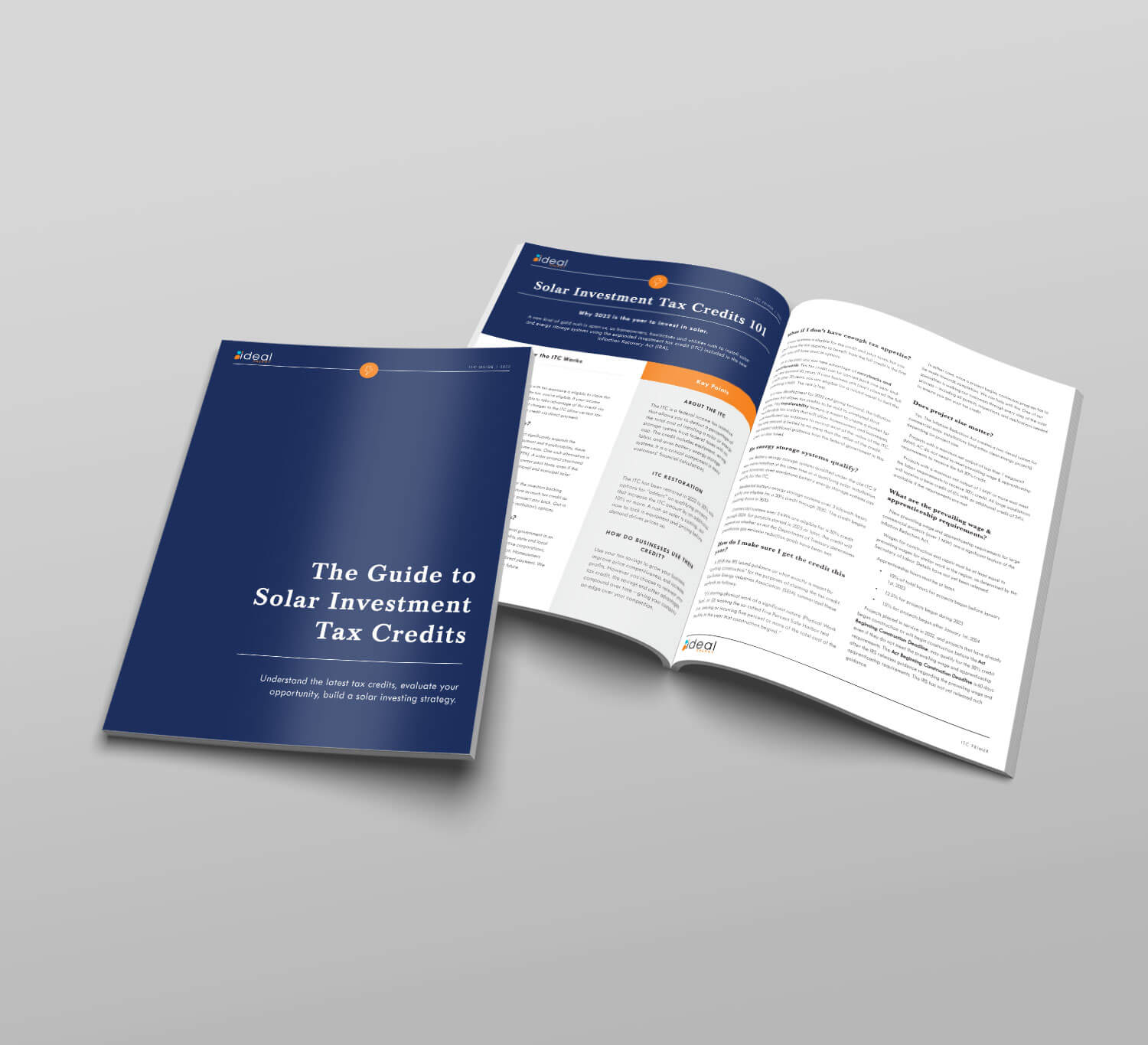
Download our 2022 guide to solar tax incentives
DO I QUALIFY?
WHAT IF I DON'T QUALIFY?
The ITC is a critical piece of the puzzle for the investors backing your PPA solar project. They will want to capture as much tax credit as possible to make their investment in your solar project pay back. Get in touch with our financial experts to discuss your institution’s options.
HO DO DIRECT PAYMENTS WORK?
WHAT IF I DON'T HAVE A TAX APPETITE?
As in the past, you can take advantage of carrybacks and carryforwards. The tax credit can be carried back one year and carried forward 20 years. If your business still hasn’t claimed the full credit after 20 years, you are eligible for a refund equal to half the remaining credit. The rest is lost.
In a new development for 2022 and going forward, the Inflation Reduction Act allows tax credits to be sold to unrelated third parties. This transferability feature is meant to create a market for transferable tax credits that will allow homeowners and businesses with insufficient tax exposure to recoup most of the value of the ITC. The sale amount is limited to no more than the value of the credit. We expect additional guidance from the federal government in this area, so stay tuned
DO ENERGY STORAGE SYSTEMS QUALIFY?
Residential battery energy storage systems over 3 kilowatt-hours (kWh) are eligible for a 30% credit through 2032. The credit begins stepping down in 2033.
Commercial systems over 5 kWh are eligible for a 30% credit through 2024. For projects started in 2025 or later, the credit will depend on whether or not the Department of Treasury determines greenhouse gas emission reduction goals have been met.
WHAT ARE ADDERS?
Examples of qualifying locations includes projects on brownfield sites or in communities near closed coal mines or retired coal power plants. Domestic content requirements vary depending on the type of clean energy project. Examples include 100% use of domestic steel or iron.
- Project location adders are worth 10% (or 2% if prevailing wage and apprenticeship requirements are not met).
- Domestic content adders are also worth 10% (or 2% if prevailing wage and apprenticeship requirements are not met).
- Up to 10% is available for projects under 5 MW in low-income communities or on tribal lands.
- Up to 20% is available for projects under 5 MW that qualify as low-income residential building or economic benefit systems.
When stacked, these adders could increase the ITC from 30% up to 50% for some projects. However, we caution against relying on adders in financial projections until after the federal government releases additional guidance on this topic.
DOES PROJECT SIZE MATTER?
Projects with a maximum net output of less than 1 megawatt (MW) AC do not need to meet prevailing wage & apprenticeship requirements to receive the full 30% credit.
Projects with a maximum net output of 1 MW or more must meet the labor requirements to receive 30% credit. All large installations will receive a base credit of 6% with an additional credit of 24% available if the requirements are met.
HOW DO I MAKE SURE I GET THE CREDIT THIS YEAR?
“(1) starting physical work of a significant nature (Physical Work Test), or (2) meeting the so-called Five Percent Safe Harbor test (i.e., paying or incurring five percent or more of the total cost of the facility in the year that construction begins).”
In either case, once a project begins continuous progress has to be made towards completion. We can help with this. One of our specialties is walking our customers through every step of the solar process – including all permits, inspections, and applications needed to ensure you get your tax credit.
WHAT ABOUT DEPRICIATION?
Can you benefit from solar tax credits?
Get a FREE energy strategy session with our team of experts.
The ways our customers use their credits are as varied as our customers’ businesses. Steffensmeier Welding & Manufacturing reinvested in an expanded benefits package for employees, AutoCAD training, and adding a second shift with new hires. Schaus-Vorhies Manufacturing views its credit and utility savings as an alternative to the higher-risk proposition of adding a new product line or service. Agri-Industrial Plastics Company is building a sustainability-focused strategy to become the employer of choice in the region and cement its position as a top supplier for the global brands it counts among its customers.
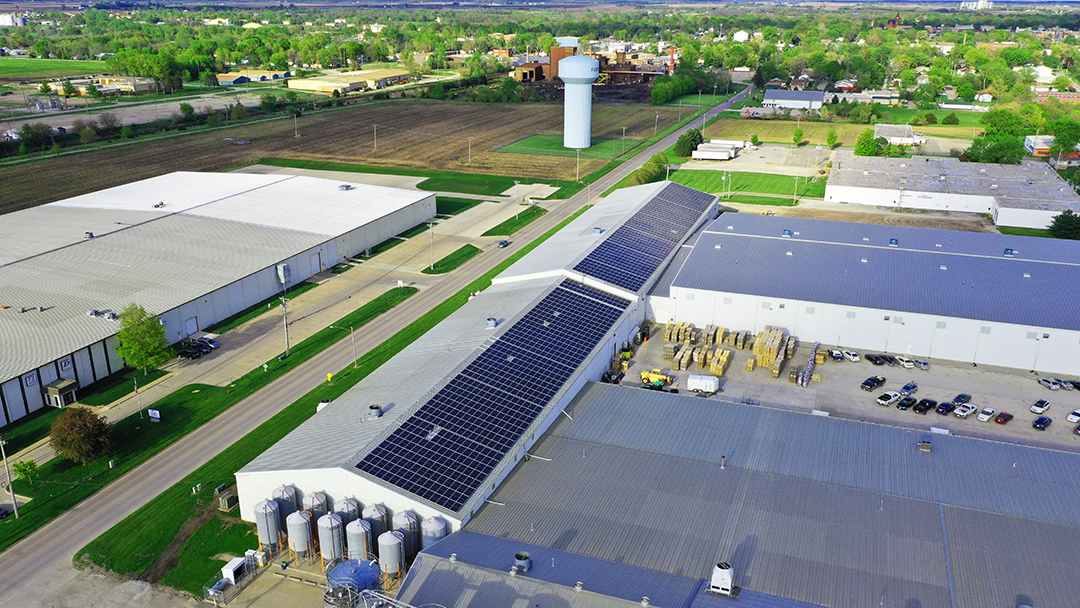
However you choose to reinvest your tax credit, the savings and other advantages compound over time – giving your company an edge over your competition. The competition has heard of solar energy and might even be considering it. This year is your opportunity. If you adopt solar now while your competition sits on the sidelines watching the credit step down, you’ll have that much more time to put your utility savings and tax credit to work in your business.
Adopting solar before your competitors doesn’t just give you more time to use the tax credit and utility savings. You can also tell a story your competition can’t.
First. Largest. Cutting edge. These are the kinds of words used to describe our customers’ projects. Our customers have used their solar projects to attract new hires, bring leading politicians to their events, and earn press and award recognition. If you want to be the forward thinking-thinking business in your industry, solar energy is the right investment.
Between historic low prices on solar installations and the last year of the full tax credit, there has never been a better time to invest in solar. At Ideal Energy, we are experts at maximizing the return on your solar investment. Get in touch to see how the solar tax credit can help your bottom line.

